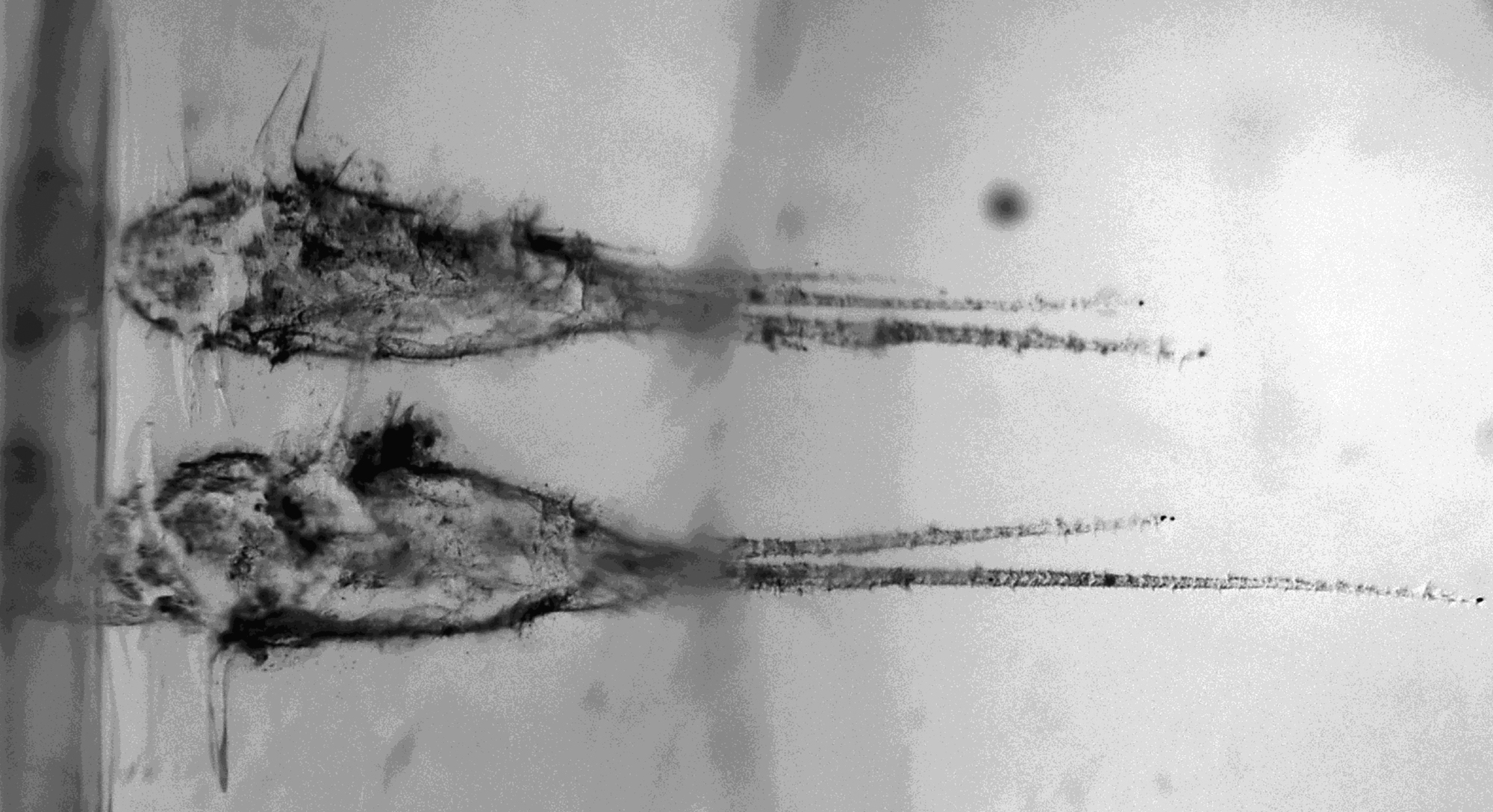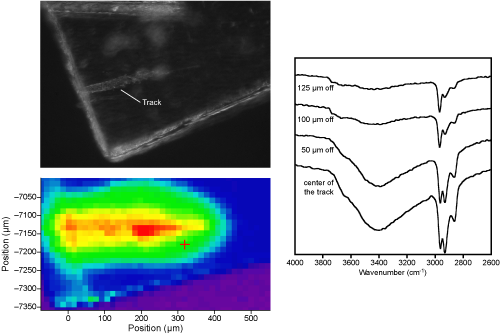NASA’s $200-million, seven-year-long Stardust mission returned to Earth thousands of tiny particles snagged from the coma of comet 81P/Wild 2. Four ALS beamlines and the researchers using them were among the hundreds of scientists and dozens of experimental techniques in facilities around the world that contributed to the preliminary examination of the first samples. Adding to recent advances in cometary science showing the important role played by mixing of materials in the accretion disk where the planets of the Solar System had their birth, the first round of Stardust results suggests that the mixing started earlier in the planetary formation process and is more extensive than previously thought.

Materials brought back from a known extraterrestrial source, such as the Apollo samples from the Moon in the 1970s, provide critical clues to the history of the Solar System and interpretation of extraterrestrial samples like meteorites and cosmic dust particles. Stardust’s success depended on two technical achievements, a trajectory allowing it to pass within 240 km of the comet’s nucleus at a speed of just 6 km/s and a special low-density material called aerogel molded into a collector grid. Particles were brought to a standstill as they penetrated into the aerogel with limited heating or alteration. Thousands of tiny particles, typically leaving carrot-shaped tracks, were trapped, most of them smaller than 10 micrometers in size.
After its launch in 1999, Stardust reached the comet in 2004, then returned its precious cargo to Earth in a capsule on January 15, 2006. At NASA’s Johnson Space Flight Center in Houston, a few of the captured particles were quickly distributed for inspection by Preliminary Examination Teams (PETs). At the ALS, measurements were made at four beamlines. “Keystones” of aerogel, wedges containing complete tracks and the terminal particles at their tips, were first removed under the microscope using computer-driven micromanipulators that sliced the aerogel with glass needles.
X-ray absorption near-edge structure (XANES) yields a distinctive spectral signature for each chemical constituent in a sample and is particularly useful for identifying organic compounds. At Beamline 5.3.2.1 and Beamline 11.0.2, it was possible to combine this technique with the scanning transmission x-ray microscope (STXM) to image the spatial distribution of the compounds.
Initially it was planned to do infrared (IR) microspectroscopy at Beamline 1.4 only on the terminal particles, concentrating primarily on the silicates in those particles. But because the aerogel slowed the particles relatively gently, team members were also able to capture volatile organics along most of the length of the track, building up a two-dimensional image of the different organics at different stages of entry.
Minerals were the main target of studies at Beamline 10.3.2. The team used a combination of three techniques for mapping the bulk chemistry and mineralogy of the Wild 2 samples. In x-ray fluorescence, one obtains an elemental map. By means of XANES and the related technique of extended x-ray absorption fine structure, or EXAFS, one can also determine the atomic environment of specific elements. X-ray diffraction yields the crystalline structure of minerals.

In all, the Wild 2 samples proved to be highly variable. Some contained minerals supposedly formed only near a star or in some other high-temperature environment. One such sample contained aluminum-titanium-calcium-rich minerals similar to those found in inclusions in the Allende meteorite. From this tangle, the picture that emerged is of cometary particles containing primarily silicate materials formed within the Solar System, including some grains born in the high temperatures existing only close to the Sun. These particles then were carried to the outer reaches of the Solar System, the Kuiper belt region outside Neptune’s orbit, where they were incorporated into Comet Wild 2 along with organic compounds and other volatile materials.

Contact: S.A. Sandford
Research conducted by members of the Stardust Preliminary Examination Team.
Research funding: Research funding: U.S. National Aeronautics and Space Administration and other institutions supporting the members of the Stardust Preliminary Examination Team. Operation of the ALS is supported by the U.S. Department of Energy, Office of Basic Energy Sciences (BES).
Publications about this research: D. Brownlee et al., “Comet 81P/Wild 2 under a microscope,” Science 314, 1711 (2006); S.A. Sandford et al., “Organics captured from Comet 81P/Wild 2 by the Stardust spacecraft,” Science 314, 1720 (2006); L.P. Keller et al., “Infrared spectroscopy of Comet 81P/Wild 2 samples returned by Stardust,” Science 314, 1728 (2006); G.J. Flynn et al., “Elemental compositions of Comet 81P/Wild 2 samples collected by Stardust,” Science 314, 1731 (2006).
ALS SCIENCE HIGHLIGHT #141